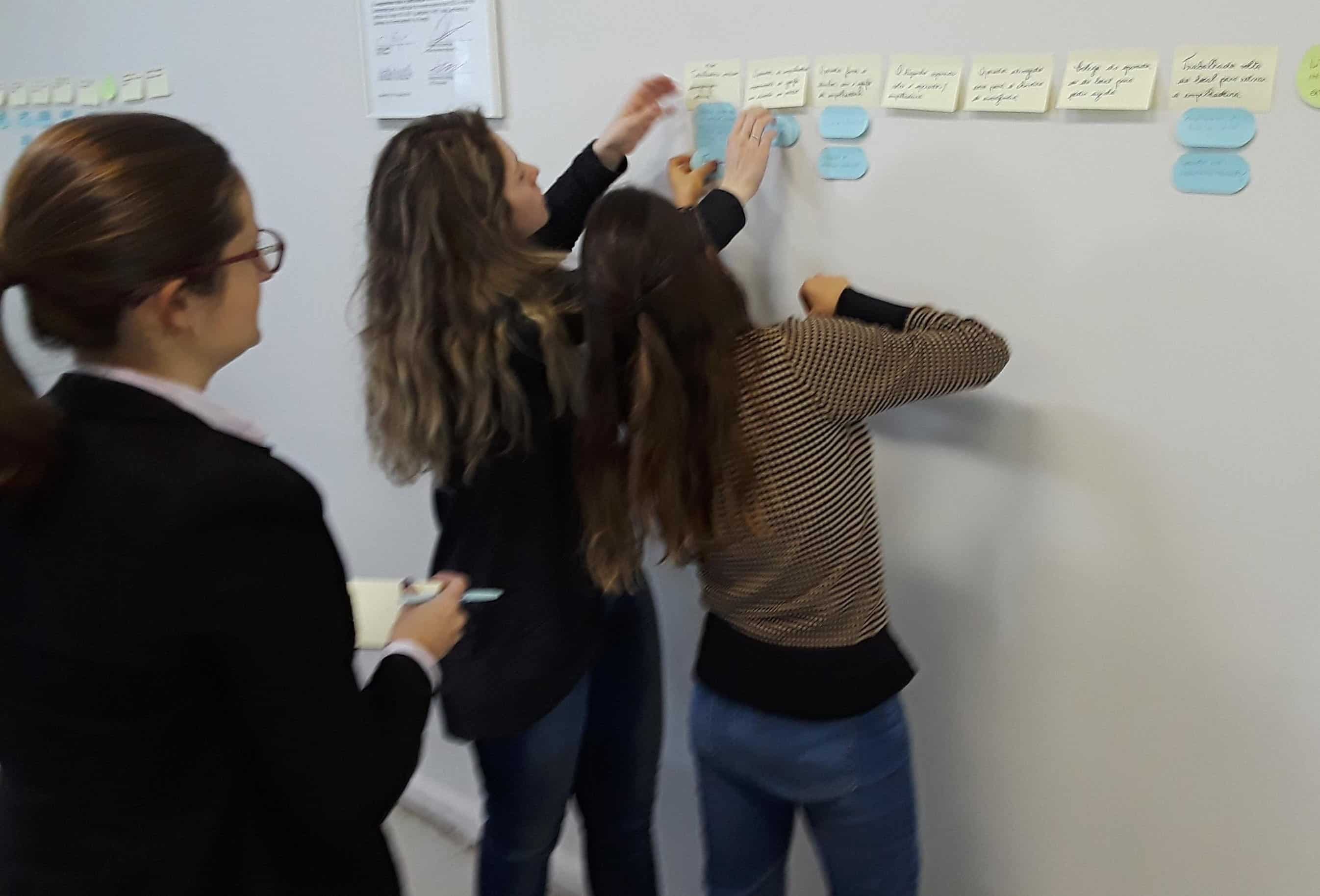Root Cause Analysis Tip: Investigations – The Power of Generic Root Causes

Generic Cause Analysis Improves Investigations
I just received an email from a contact that is using TapRooT® RCA successfully at his facility. He said his company is asking him why his teams (which use TapRooT® Root Cause Analysis) consistently come up with great root cause analysis results. Besides just using the tool as intended, he also stressed the importance of ALWAYS checking for Generic Causes. This got me thinking a little more about why it is so critical to consider Generic Causes during every investigation.
Generic Cause Example
As a reminder, Generic Causes are considered in Step 5 of the TapRooT® process. After analyzing your Causal Factors using the Root Cause Tree® in Step 4, you then do a quick check to discover if any of those root causes are also generic issues in other areas of your company. For example, if you find that Housekeeping Needs Improvement was a root cause of a particular incident (maybe someone tripped over a tool that was lying on the floor), you might write a few corrective actions to fix that problem:
1. Pick up the tool.
2. Put a tool storage cabinet in the workspace where the person tripped to allow for better storage conditions.
Your next step is to check to see if this Root Cause is also a Generic Root Cause. You could ask yourself some questions to determine if that particular root cause (Housekeeping NI) is a more widespread problem:
a. Do we have any other areas that have frequent use of tools? (if YES)
b. Is the stowage of these tools an issue in these other areas? (if YES)
c. What is allowing us to have poor tool stowage in these other areas of the facility?
You would now do a little research and write a few new corrective actions to address this generic issue of poor tool stowage throughout your facility. Maybe you’ll find:
1. We need more storage cabinets throughout the facility.
2. 5S survey by your lean experts might find a way to label stowage locations for all of your tools.
3. You need a housekeeping audit plan established to check for compliance with your new tool stowage policies.
I consider looking for Generic Root Causes almost a freebee! You’ve already put some time and effort into investigating, analyzing, and discovering the root causes of a specific incident (or Near Miss) at your facility. Why not leverage that effort across the facility (or the entire company) and prevent future similar accidents and problems? Why wait for a similar incident to occur again and then realize,
“Hey, this is almost exactly like the problem we saw last month!”

Using Step 5 of the TapRooT® 7-Step Major Investigation Process to discover possible Generic Causes is a proactive method of improving the effectiveness of your investigations. DON’T SKIP STEP 5! Look for Generic Root Causes and watch the effectiveness of your investigations really take off.
Learn More About TapRooT® RCA

If you’ve attended a 2-Day TapRooT® Course and are ready to learn more, join us for a 5-Day TapRooT® Advanced Root Cause Analysis Team Leader Course. Also, plan to attend the Global TapRooT® Summit!
For a complete list of upcoming public TapRooT® Courses, see:
==============================
Ken Reed is a Vice President at System Improvements, Inc.





